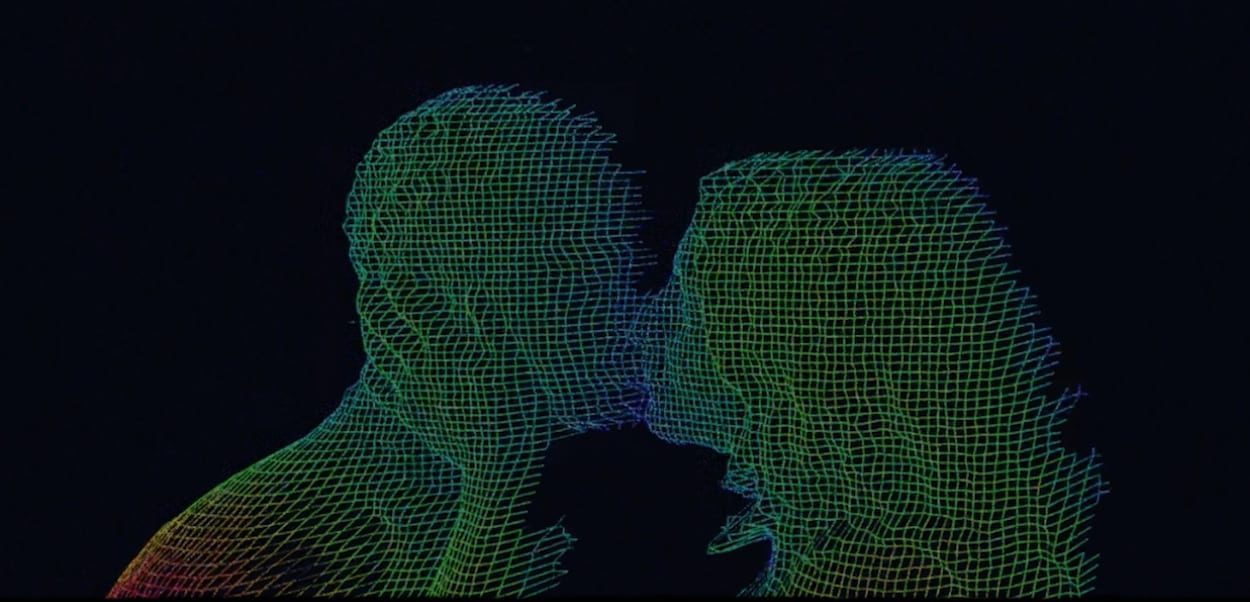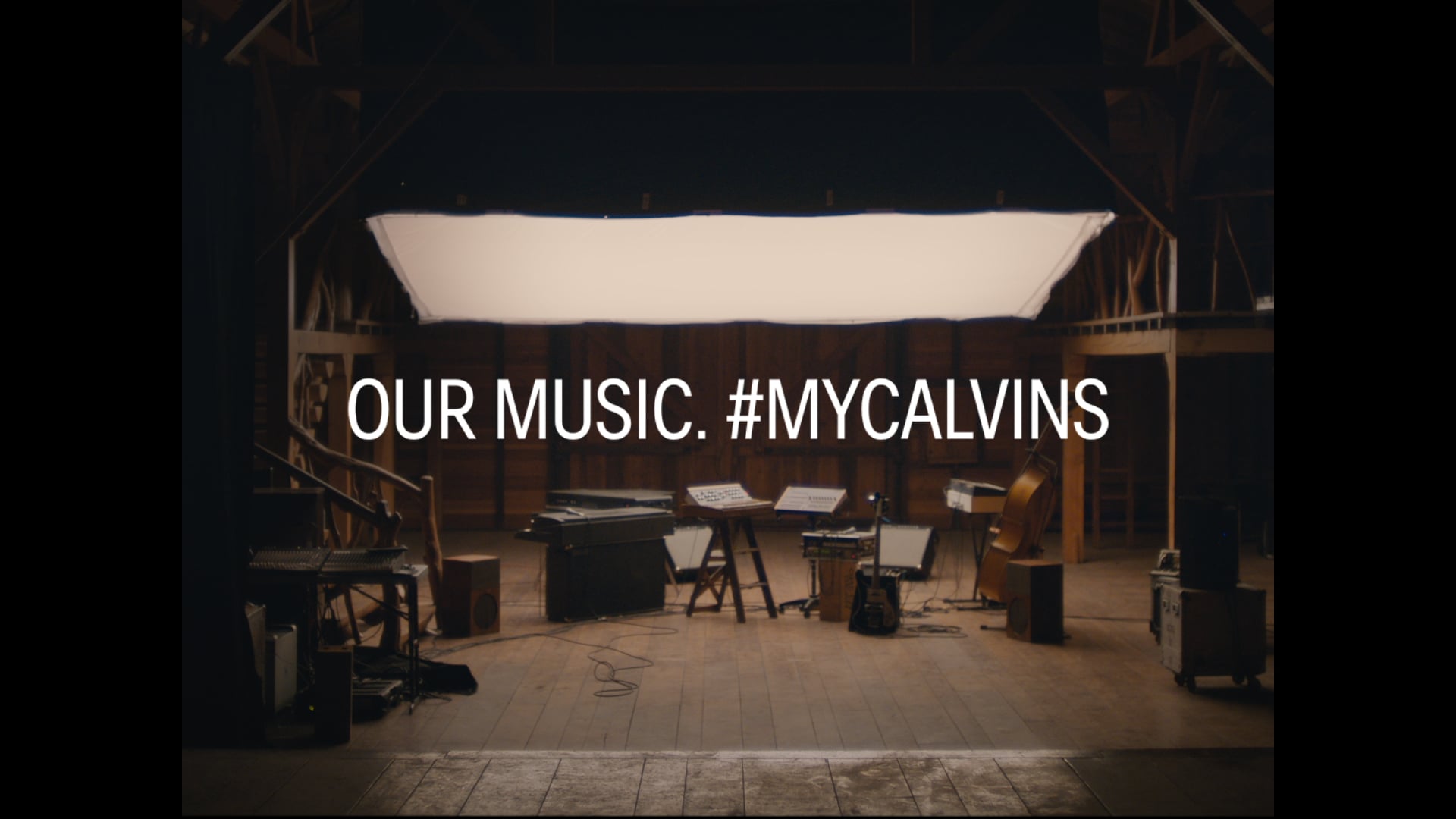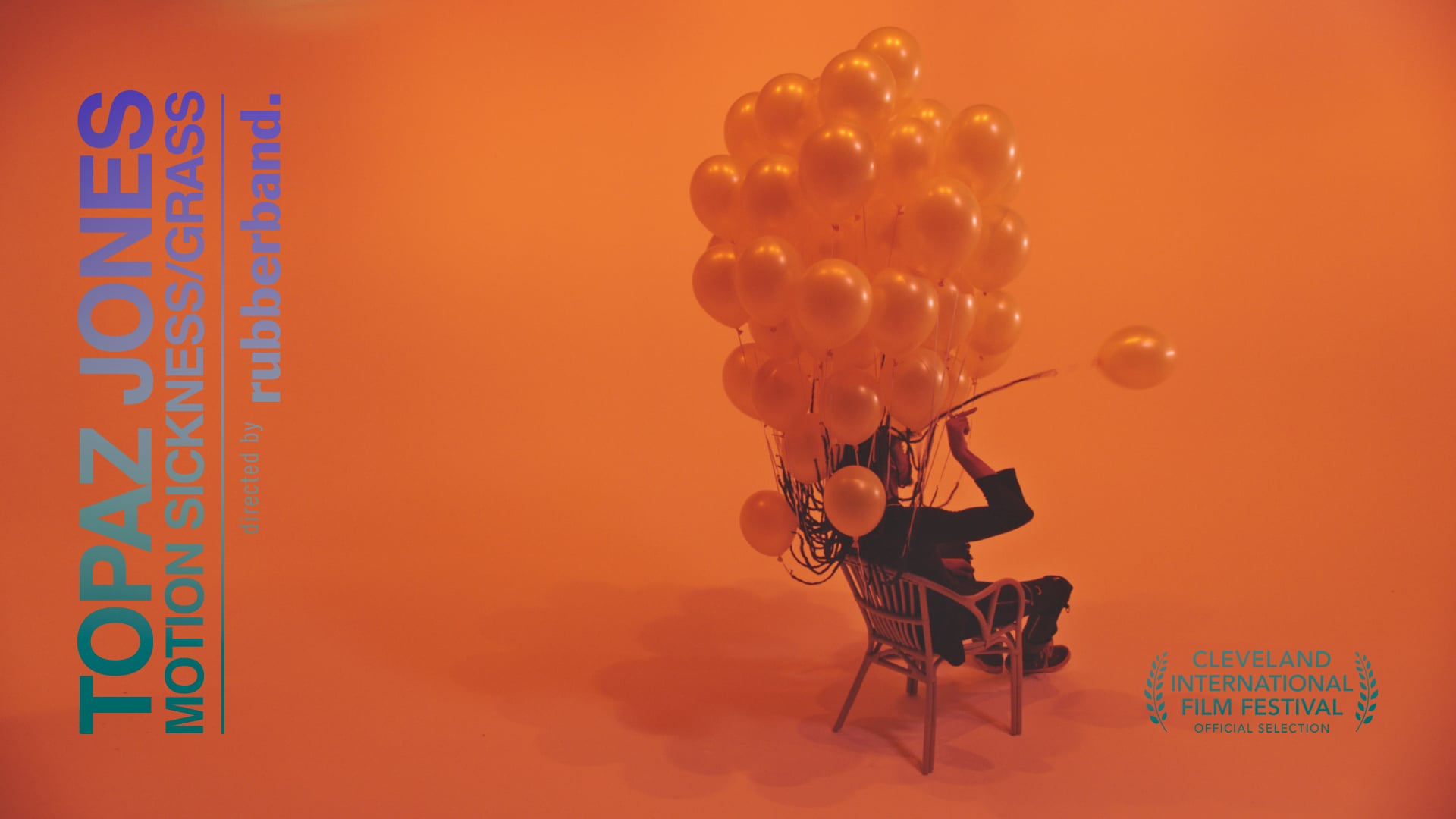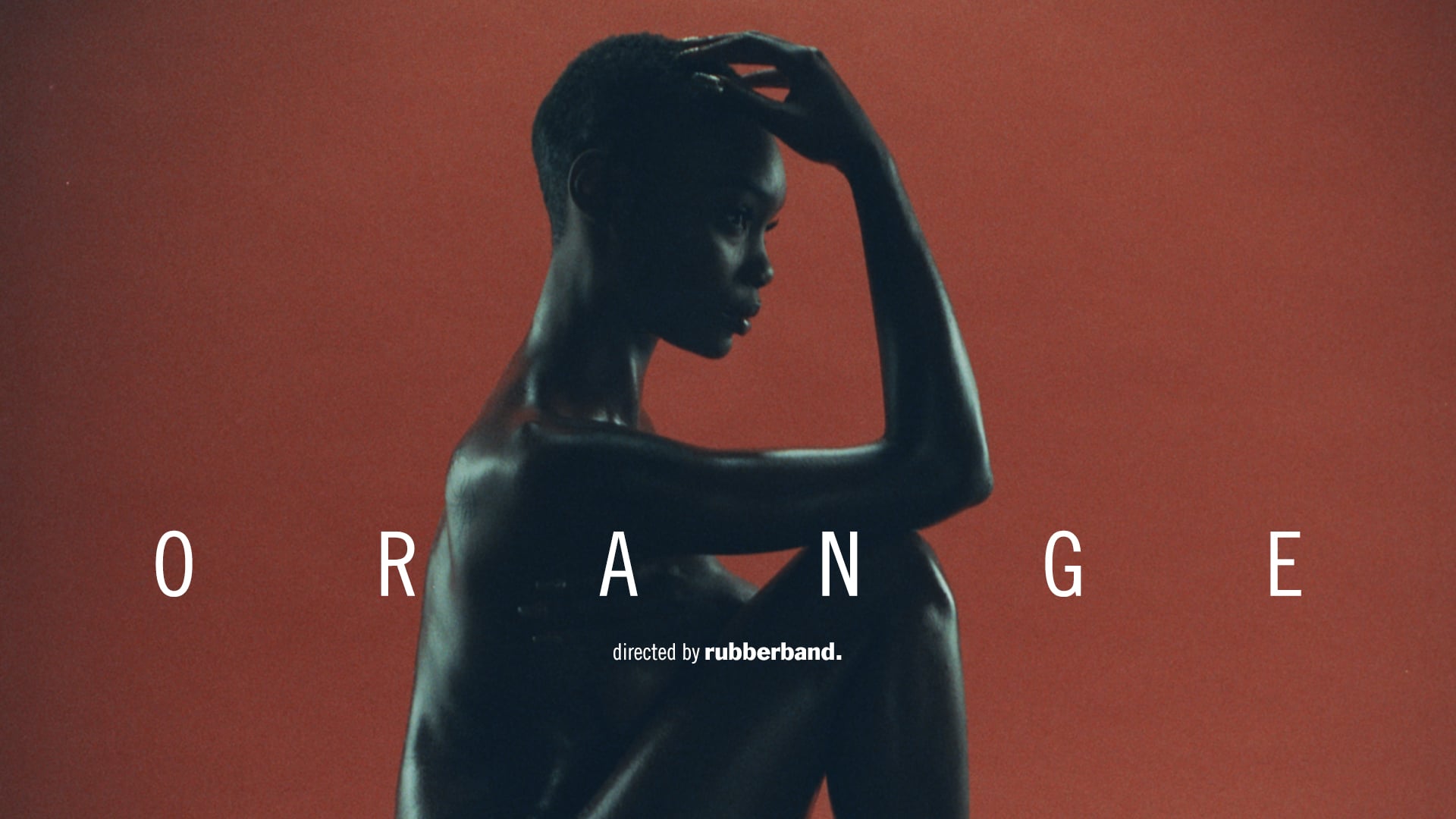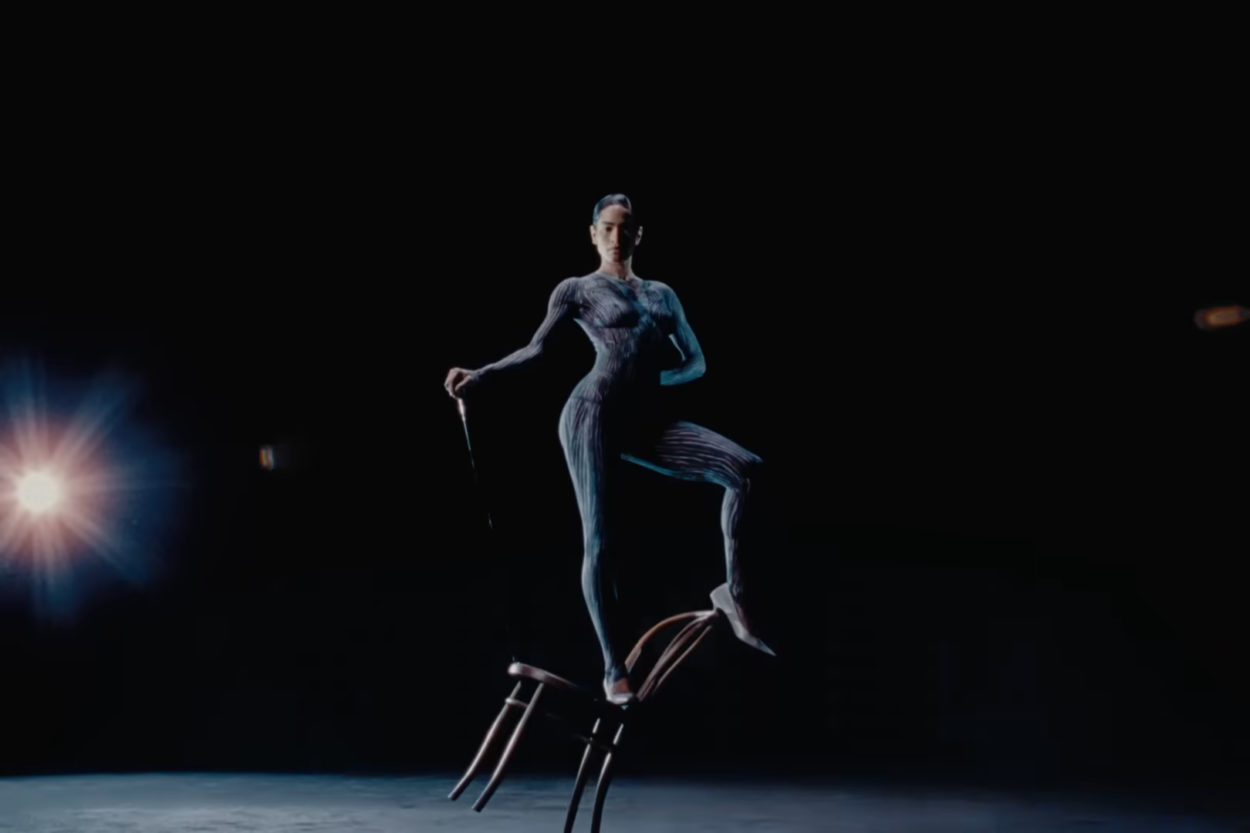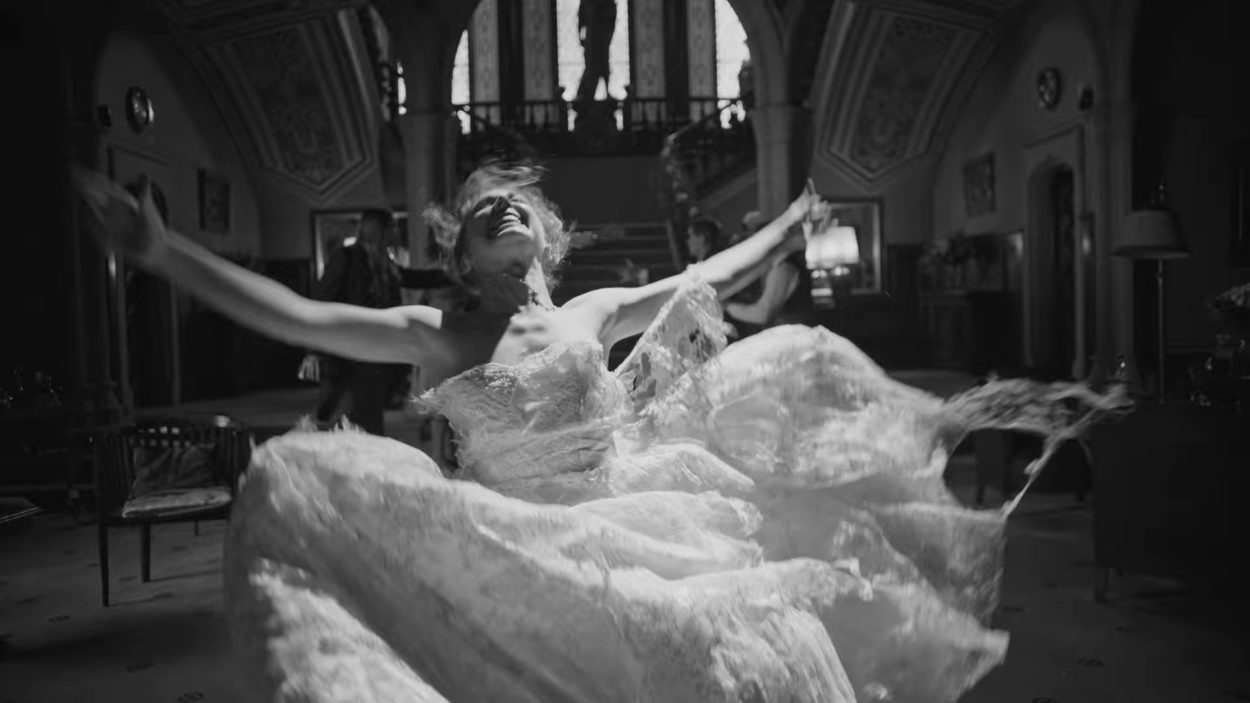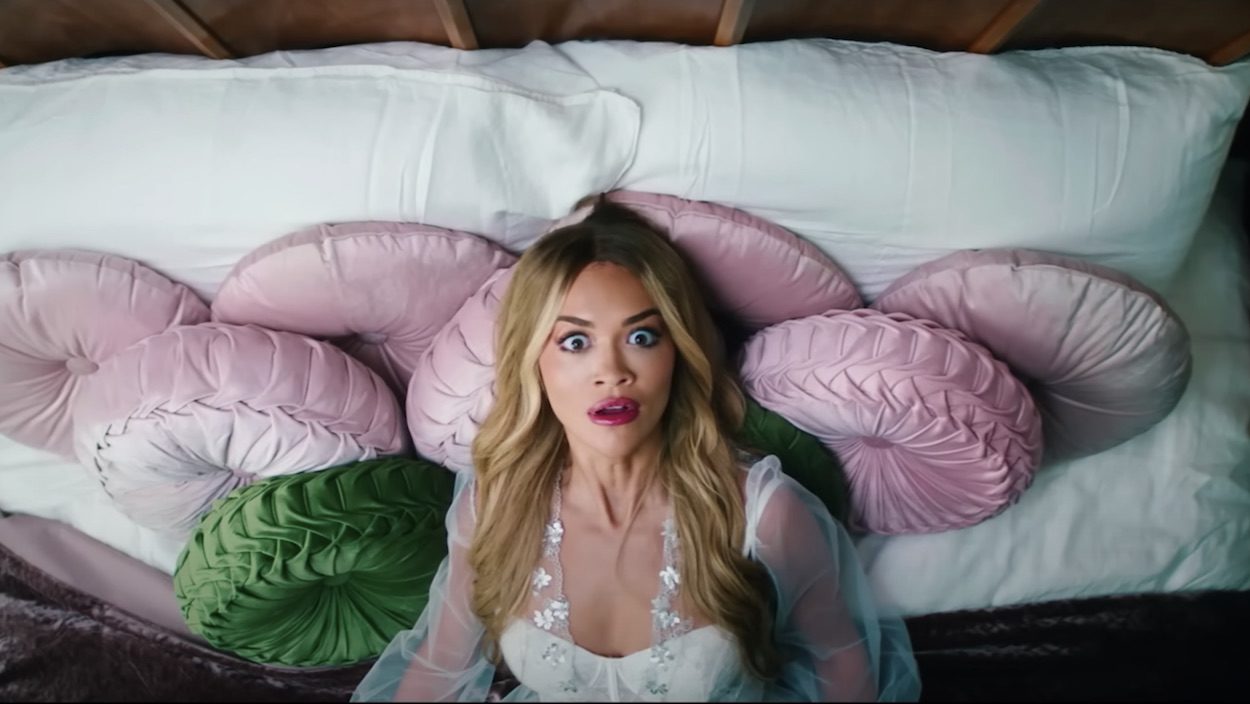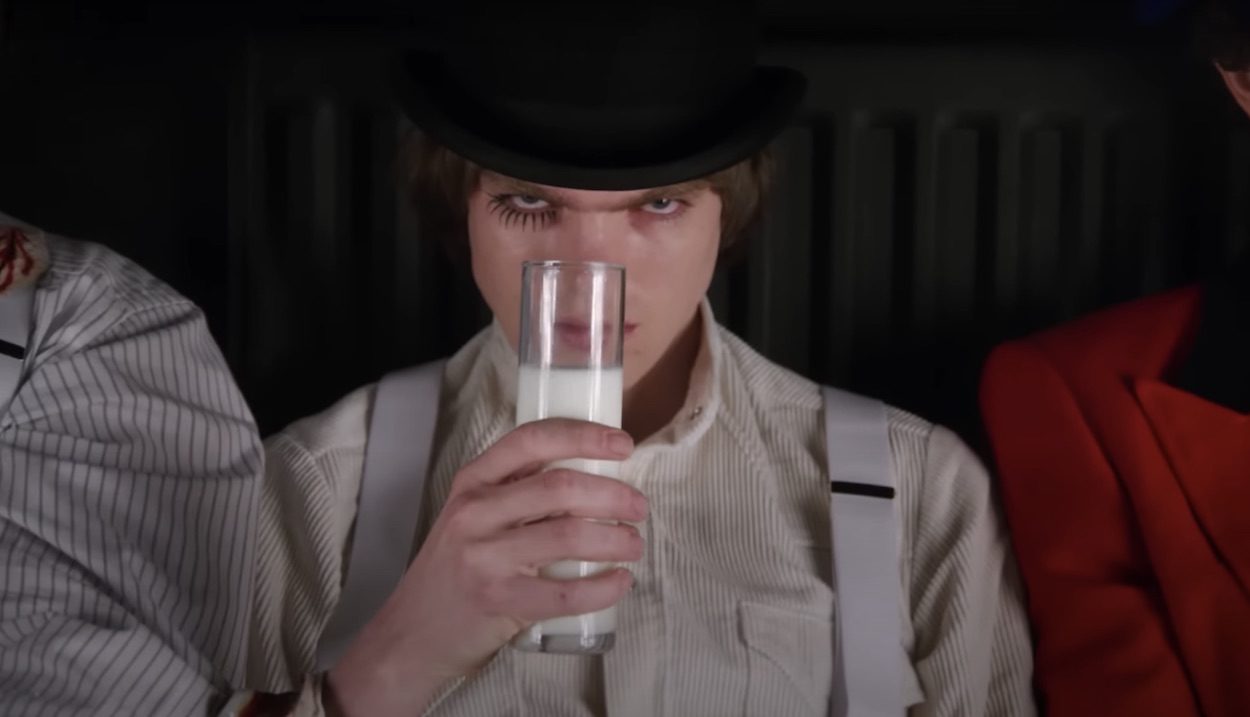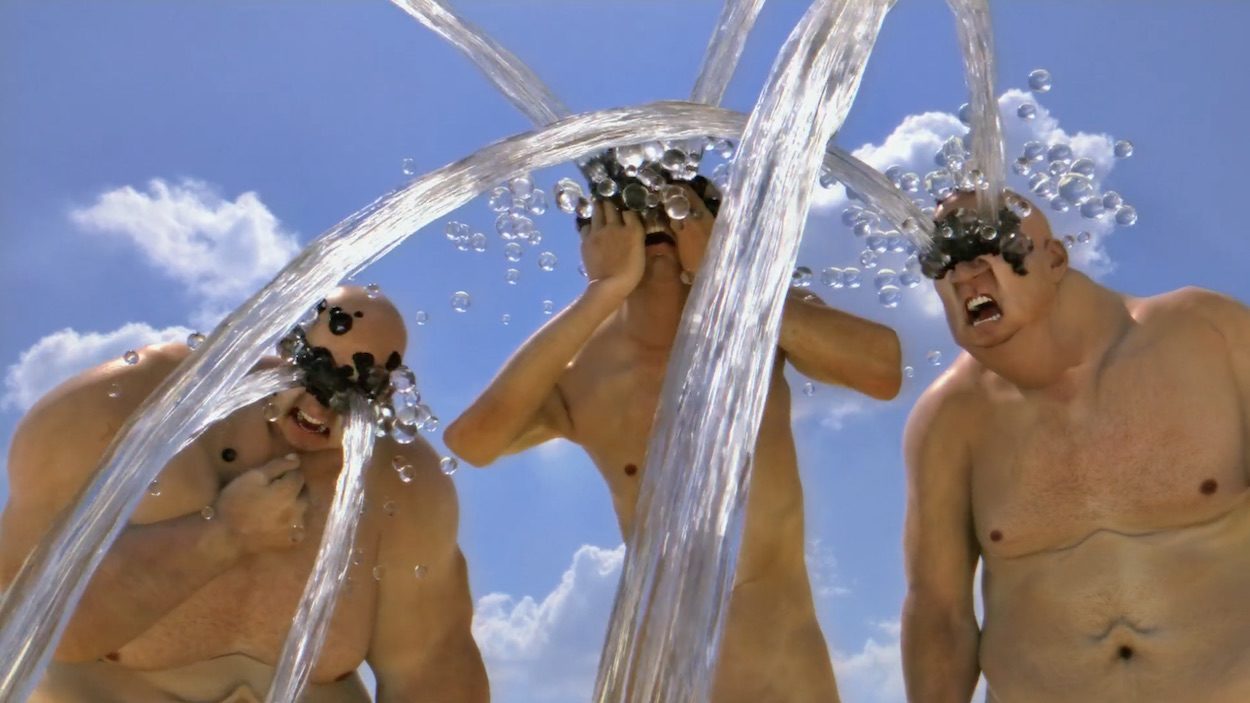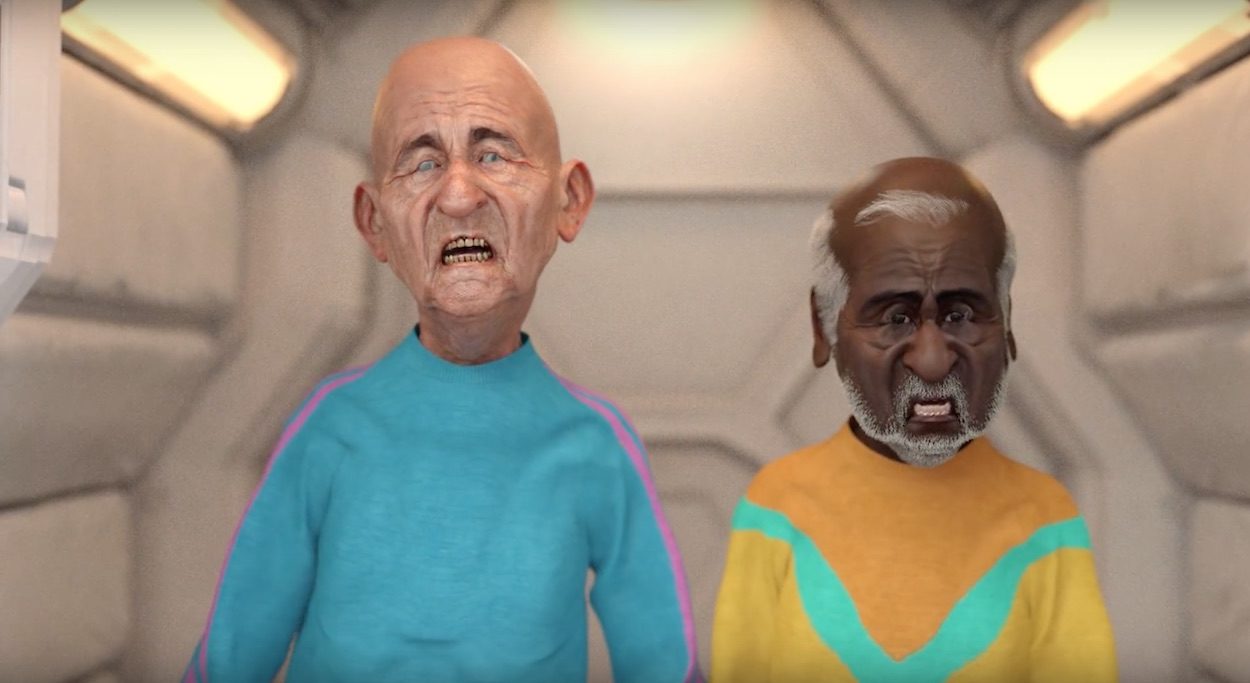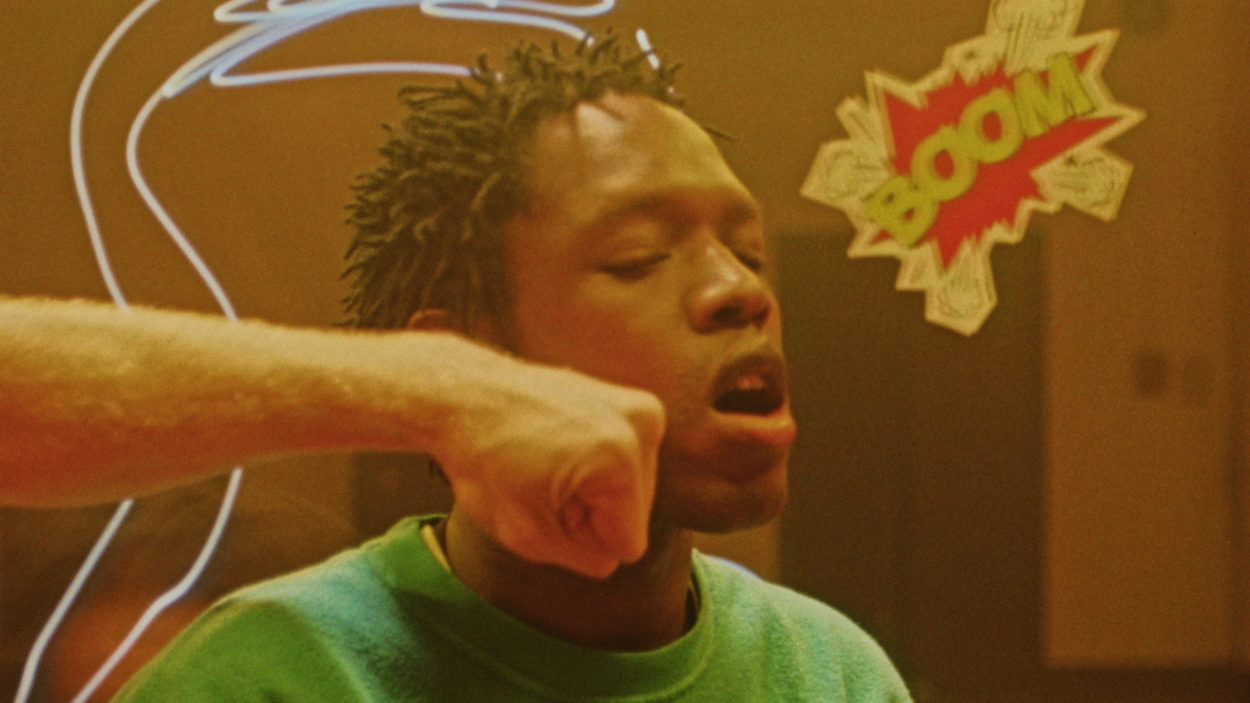You’ve been prolific recently with a bunch of music videos that feel really diverse, but singular at the same time. They all have a clear voice to them. How do you decide what projects to commit to? For a single filmmaker that decision can be quite spontaneous, is it different for you as a duo and do you have rules as to what you say yes to?
Firstly, we believe highly in being prolific. At the start of our careers, weirdly, we were more careful. I think we believe in the simple art of process, the act of making shit. And so making a lot of stuff is important, being less precious lets you tell the truth more. And honesty is the most important thing in making anything for us.
Secondarily, if we dig the song and we dig at least the general direction the artist wants to take it in, or they are willing to be flexible, we’re in. In a duo, we call it creative arm wrestling, and the best idea wins. In this case, if we both like it obviously we’ll do it. But if only one of us likes it, we’ll try to convince the other and if the argument is compelling enough to convince both of our stubborn asses, we’re in.
There’s an awful lot of big themes crammed into this video – sex, death, renewal, memory and not to forget the optics of technology. What were you trying to achieve with this video? What are you most proud of achieving and is there anything you felt you didn’t quite nail?
Haha yeah, this one has some weight to it. I think we started simple. We had this idea of a person coming back from a long journey, and we figured the longest and most difficult journey a person will ever take is death. The love and sex and technology elements were sort of in service of that. As in, what is the last thing we all think or hope in the moments before consciousness is forever lost. Sorry that’s kinda heady!
We tend to believe that a music video or a short film or a commercial or whatever short form content one does, if it’s going to have the most impact it shouldn’t get too convoluted in its narrative (if it has one). It should try to do one thing really well, the rest of the beauty and meaning and even other thematic content generally comes in service of that central idea.
I dunno if we nailed anything, but I think the proudest thing about this video for us was that we (hopefully) made people feel something and the video was totally self-contained, it felt like a complete thought. So, I dunno how we did over than that, but we’re quite proud of those bits.
I notice that on top of writing, producing and directing this one, you also divided and conquered in terms of editing and the cgi elements. Is that standard practice for you or were you trying something new here?
We’re of the mindset that you just have to do everything, at least at the start when no one knows who you are or what you’re trying to do or you have no real money to pay anyone. You have to shoot and produce and edit and feed everyone and drive the van (if you can even afford a van). Again for us part or all of the fun (and the place where the real heavy, intellectual work goes) is the process. Almost if making a music video was like making a table or a chair – so on top of the high level design (concept) of the video (or the chair or table) the part of actually making it, or devising exactly how one makes the thing is incredibly important. One of us will always edit and sometimes the other will shoot (however this time the shooting duty was given to our friend and incredible collaborator Norm Li who is an artist and a beautiful human being) but the 3D elements were a completely new frontier for us.
It was incredibly frightening and exciting. We really have to thank the whole team at Depthkit for taking us idiots and helping us with the process. [laughing] To be clear, the software we were using is in total alpha trials. We were booting back and forth from mac and PCs and we shot the whole thing on an XBOX Kinect (the CG elements) which looked not at all interesting straight out of an Xbox webcam as I’m sure you can imagine. In short, it was incredibly scary. Incredibly necessary and incredibly rewarding.
I was wondering if you could speak about your relationship to imaging technology, be that cameras or otherwise? A lot of your work seems to deal – at least superficially – with the history of imaging technology. You seem to delight in older analogue video kit, playing with aspect ratios etc and in this video you have cameraless sequences. It’s almost as if you’re interrogating our ability to record images of the world. What’s that all about?
This is a great question. I think this speaks to what we were saying about process. I’m about to say perhaps the most clichéd statement in all of filmmaking and that is: a camera is just a tool in the toolbox. And in this case different cameras are used for different reasons, or rather, literal sensors.
I think for this video in particular our main focus for the images, beyond of course being aesthetically beautiful/interesting was that a) it feels beautiful in it’s imperfection, like there’s something innately settled in about the photography and b) that we show love and sex in a very different way, as an extension of this guy’s death.
And so weirdly doing this sort of seemed obvious. I also love the phrase camera-less-ness and I think that’s a great way to describe it. One of the few things that makes filmmaking unique as opposed to, let’s say, theatre is that we get to decide not only what our audience sees, but also how they see it. So that’s a constant challenge for us – the why and what is easy, but the how is always a weird question to ask about the camera, but one we think is necessary.
To what extent are your creative decisions set in stone during preproduction and to what extent to you discover things serendipitously on set?
We pre-visualize pretty extensively but when you have to flip a car illegally under a major railroad with eight people and a minivan, your plans often go out the window. [laughing] This is basically our on set process in a nut shell.
What are you working on next?
We have a few short narrative projects we are hoping to get off the ground and we have an extra special music video coming out soon that we’d rather show you than tell you about. 🙂
REPRESENTED BY:
Moxie Pictures(UK)
Cadence Films (US & France)
